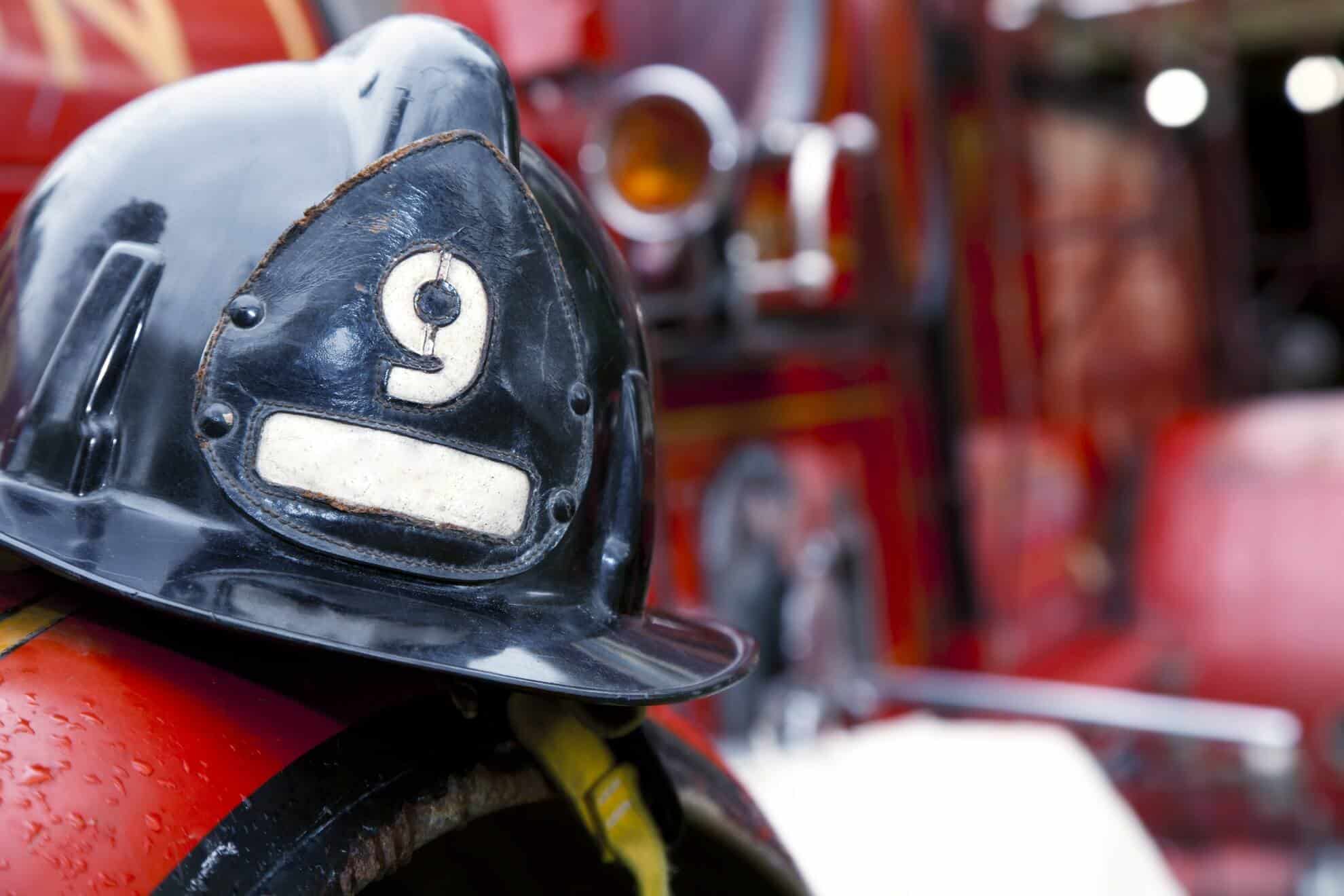 Purchasing and using Intrinsic Safety equipment? Here’s what you need to consider.
Purchasing and using Intrinsic Safety equipment? Here’s what you need to consider.
If you are a user or purchaser of small, portable equipment in hazardous environments, then Intrinsic Safety (IS) is likely to be a key requirement. Dave Spalding, Senior Systems Engineer (Intrinsic Safety), talks about what IS is, and how to get the best when purchasing and using it.
Intrinsic safety prevents ignition by preventing sparks or hotspots that might ignite a hazardous atmosphere, even under improbable fault conditions.
For an explosion to take place, there must be fuel (gaseous or dust) mixed with oxygen (air) in the right ratio, and a source of heat – either a hot surface or a spark of sufficient energy. Generally speaking, IS addresses the heat aspect of the “fire triangle”.
Around the world, organizations have responded to legislative changes, insurance requirements and occupational health and safety. Establishing a global IS standard has been complicated by the reluctance of some countries to fully adopt the IEC Ex standards without introducing “regional variations”. IS protection applicable to portable radios is defined in the IEC 60079-11 standard, although this covers a much broader field of equipment.
An IS portable radio designed to the standard can provide all the features and performance of a non-IS model, even though it can be much more complex in implementation and requires a high level of engineering expertise. It will also have a number of enhancements and methods of protection to prevent explosions. These include:
- full encapsulation of battery circuitry to prevent electrolyte ingress in the unlikely event of a cell rupture,
- anti-static material for the battery case,
- stored energy limitation in the radio circuit,
- preventing internal sparking or overheating in the unlikely event of circuit failure,
- component and conductor spacing and protective coating to prevent short circuits caused by dust or atmospheric contamination.
Associated costs relate not only to the specially-designed equipment, but also in setting up and maintaining safety and quality systems. So it’s not surprising that the adoption of standards tends to be slow, especially where there is a big investment to meet existing requirements. The cost also may explain why organizations have been very slow in adopting intrinsically safe equipment that traditionally has a greater cost than non-IS equipment.
This situation is changing, however, as a heightened awareness of hazards, coupled with advancements in technology, helps to reduce the cost differential between IS and non-IS products. As a result, we are reaching a point where IS portable radios may become the norm. In fact, this may already be more cost effective than managing mixed fleets.
Using Intrinsic Safety equipment:
- It is mandatory to commission a professional risk analysis of the environment in which you operate.
- Determine the probability or frequency of an explosive atmosphere.
- Consider the consequence of ignition – what Equipment Protection Level (EPL) do you require? It may be appropriate to specify equipment with an EPL that’s higher than the Zone category would normally equate to.
Purchasing Intrinsic Safety equipment:
- Talk to consultants and others in your industry about their experience of IS. Which manufacturers have they worked with? What is their radio users’ experience of IS?
- Understand your radio label – know where you can use the radio and under what conditions.
- Ensure all radio users are properly trained in safe use of the radio equipment.
- IEC Ex IS radios should be readily identifiable, with conspicuous ‘Ex’ labels on the radio and the battery. Some may also have a distinguishing color (light blue is standard), at the customer’s discretion. If unsure whether the radio is suitable for use in a particular location, check the label certification details and manual instructions. Remember that any accessories must have a similar IEC Ex rating to provide protection.
- Never remove your portable radio battery in a hazardous environment, or carry a spare battery into that environment, if the label warns against doing so.
- Battery charging must be performed outside of hazardous areas.
- Internal radio repairs must be carried out by a manufacturer-approved service facility that holds IEC Ex certification.
- Where servicing is permitted, replacement of circuit boards or components affecting intrinsic safety must be made with traceable parts as specified in audited documents.
- The battery is not repairable. If it fails, or reaches the end of its life, it must be replaced with the approved type specified by the radio manufacturer. The battery is an IS-critical component and any substitute will invalidate the IS certification and could contribute to a hazard.
 This article is taken from Connection Magazine, Edition 4. Connection is a collection of educational and thought-leading articles focusing on critical communications, wireless and radio technology.
This article is taken from Connection Magazine, Edition 4. Connection is a collection of educational and thought-leading articles focusing on critical communications, wireless and radio technology.
Share your views, comments and suggestions in the Tait Connection Magazine LinkedIn group.



